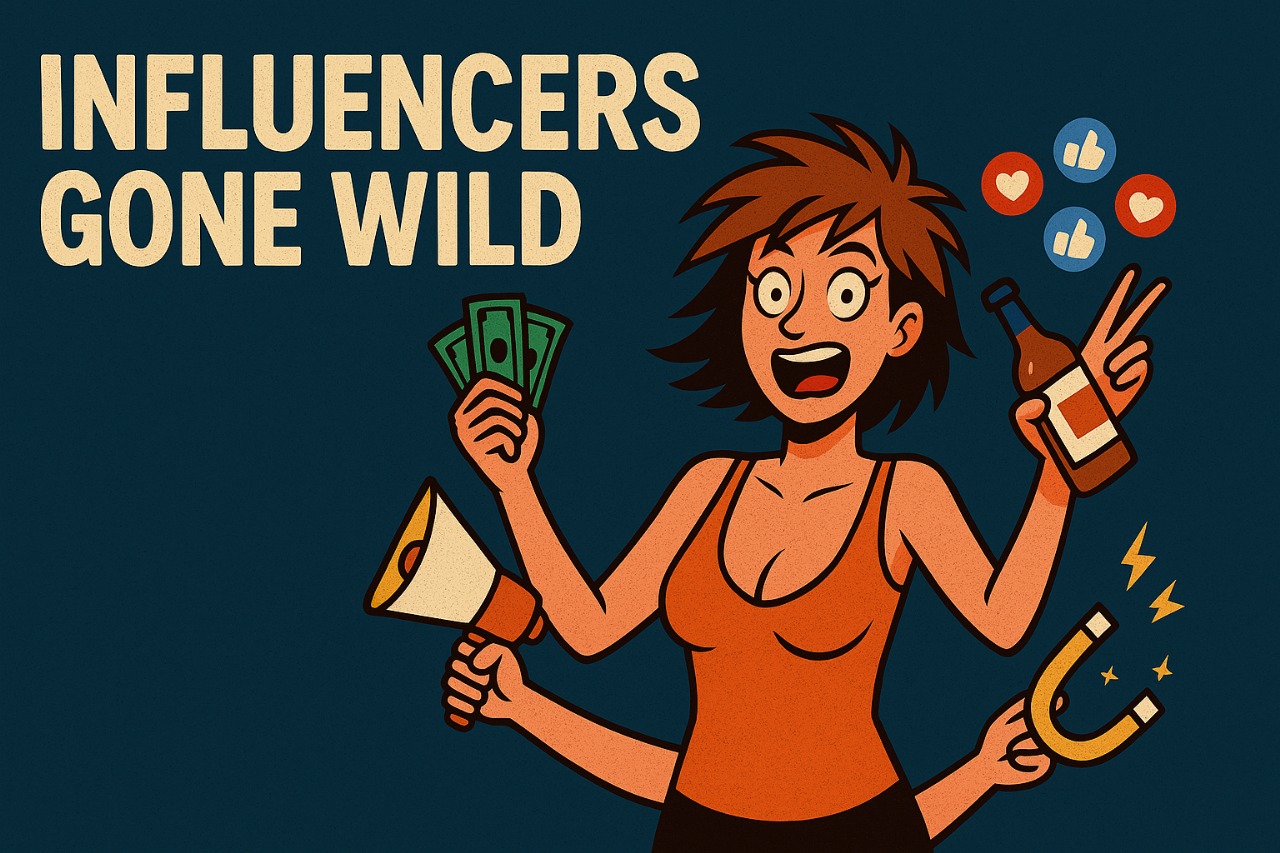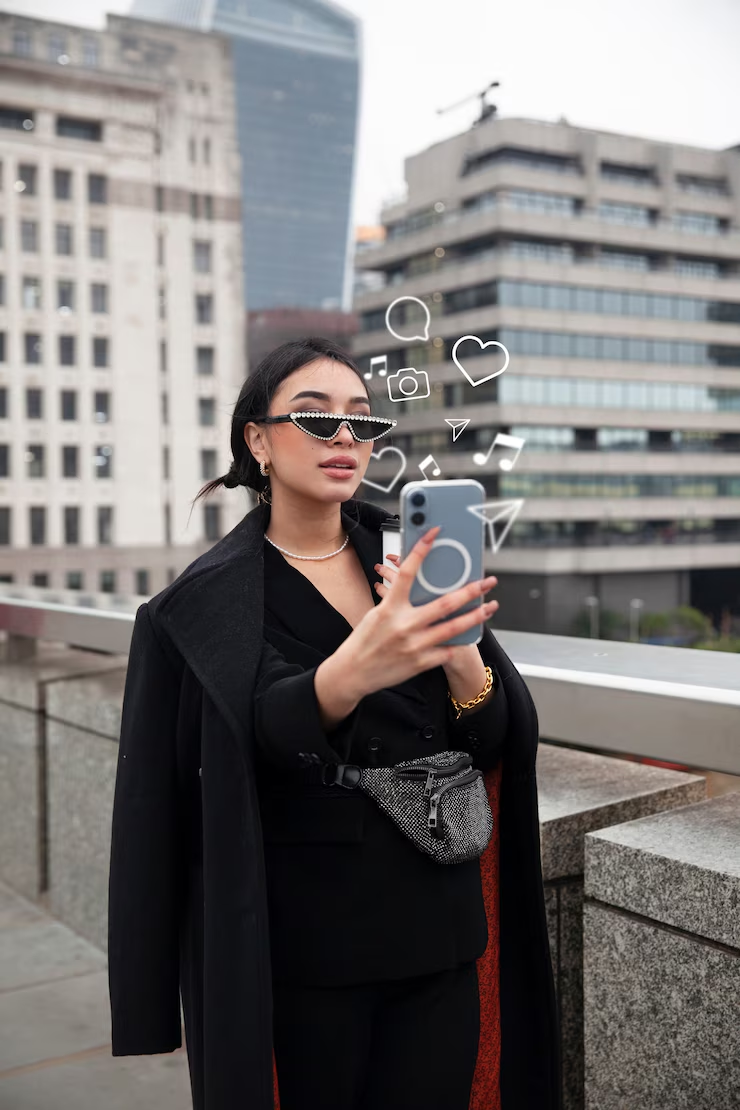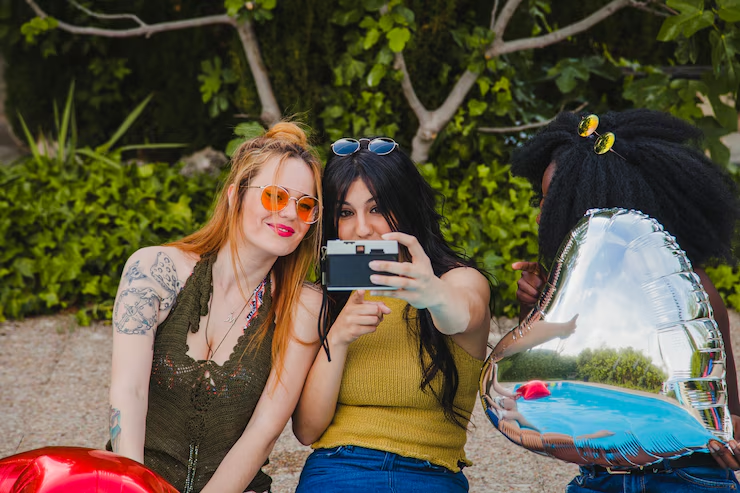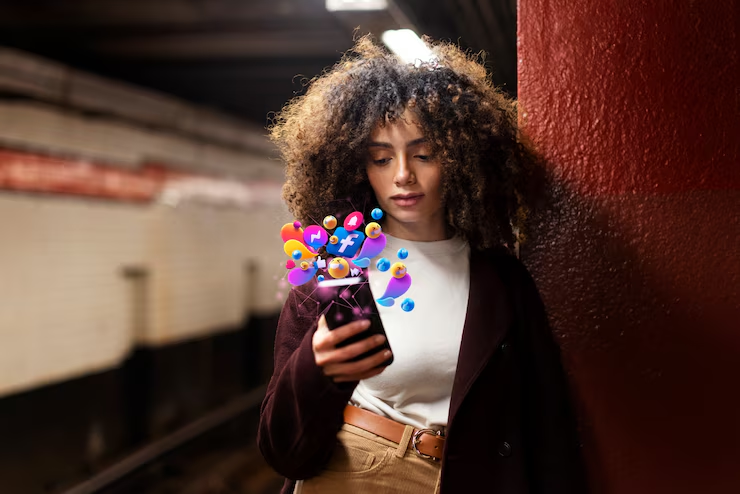Influencersgobewild: What Happens When Fame Goes Off the Rails
Influencersgobewild is a cultural phenomenon where digital creators often admired for authenticity, creativity, or aspirational lifestyles suddenly spiral into chaos, controversy, or spectacle. These moments aren’t just entertaining or cringe-worthy; they reveal something deeper about internet fame, identity, mental health, and our collective hunger for attention.
This article unpacks everything you need to know from the term’s origins to its societal impact, with real insights, key examples, and emotional reflection on why this keeps happening and what it says about us.
Also Read: Influencers Gone Wild: Unmasking the Chaos Behind Social Media Fame
What Does “Influencersgobewild” Mean?
At its core, Influencersgobewild refers to moments when social media personalities behave in ways that are wildly out of character, ethically questionable, or drastically over the top.
These incidents often involve:
- Outbursts on livestreams
- Controversial opinions
- Reckless pranks
- Exploitative stunts
- Or total personal meltdowns, all in public view
Unlike traditional media scandals, these moments happen unfiltered, often in real-time, and the audience is not just watching, they’re reacting, recording, and reposting.
The Origins of “Influencersgobewild”
The term itself is internet-born a play on “Girls Gone Wild”, but the behavior it describes started emerging around 2017–2020 as influencer culture exploded.
Three driving forces:
- Algorithm pressure: Creators began escalating their behavior to get noticed.
- Platform burnout: Many influencers hit a psychological breaking point.
- Audience addiction: Fans expected more “realness” even when it got messy.
As platforms like TikTok and YouTube rewarded sensational over subtle, “going wild” became both a warning sign and a growth tactic.
Why Influencers ‘Go Wild’: Under the Surface
1. The Constant Chase for Relevance
Influencers rely on visibility to survive. But once they reach a peak, the fear of becoming irrelevant can trigger extreme actions. Some creators stage controversy. Others genuinely break down.
This is often intensified by platform algorithms, which prioritize engagement especially when it’s emotional, outraged, or sensational.
2. The Pressure to Be “Authentically Extreme”
Audiences crave authenticity, but also excitement. Influencers feel pushed to be raw, but still entertaining. That paradox leads some to over-share, push moral limits, or manufacture drama.
3. The Parasocial Problem
Fans feel emotionally invested in influencers’ lives. So when a creator slips up or shows flaws, the backlash is immediate and often vicious.
4. Isolation and Burnout
Behind the camera, many influencers feel lonely, misunderstood, or mentally drained. Without support systems, the result is often public implosions masked as content.
Major Influencersgobewild Moments
Without exploiting trauma or names unnecessarily, here are types of wild moments that have gone viral in recent years:
- Livestream breakdowns (crying, yelling, quitting)
- Racist/sexist slurs caught on camera
- Risky or illegal pranks
- Exposing brand deals or personal secrets
- OnlyFans leaks and NSFW marketing stunts
- Clout-chasing during disasters (e.g., filming at protests or accidents)
Sometimes these are stunts for attention. Other times, they’re real spirals played out under pressure.
The Role of Platforms in Feeding the Fire
TikTok
- Built for fast fame and viral drama.
- Encourages extreme behavior due to short video formats and endless scrolls.
- Once polished and curated, now it favors “relatable chaos.”
- Features like Close Friends or Stories create a sense of intimacy that invites oversharing.
YouTube
- Longform content allows for confessionals, breakdowns, or “exposé” videos.
- The algorithm pushes emotionally charged thumbnails and headlines.
Twitter/X
- Real-time commentary, callouts, and “cancel culture” amplify every misstep—instantly.
Cultural Significance: Why This Matters
Influencersgobewild isn’t just tabloid fodder. It reflects how digital identity, capitalism, and mental health intersect in today’s creator economy.
Key reflections:
- Fame is no longer gated by talent or PR, it’s algorithmic.
- Mental wellness is treated as content.
- Mistakes are monetized.
- The audience is not just a viewer, but a judge, investor, and participant.
This trend reveals a darker truth: We’ve built a fame machine that rewards spectacle over sustainability.
Who Are the Key Figures Involved?
Rather than single out names, let’s spotlight types of influencers most affected:
- Young creators who rise too fast and lack emotional coping tools.
- Sexual wellness influencers who blur lines between empowerment and exploitation.
- Vloggers who film everything and lose a sense of boundaries.
- Controversy-based creators who depend on outrage cycles to stay relevant.
How Brands Handle Influencers Who Go Wild
1. Risk vs Reward
Some brands drop problematic influencers immediately. Others ride the attention wave if the sales spike is worth the backlash.
2. The Rise of “Controversy Clout”
Certain brands especially in fast fashion or supplements seek out influencers with drama because drama equals reach.
3. Vetting & Contracts
Brands are now hiring digital risk analysts and embedding behavioral clauses into influencer contracts to avoid scandal.
Related Trends and Movements
- #QuitTok: Influencers publicly leaving platforms due to burnout
- Deinfluencing: Pushback against overconsumption and influencer capitalism
- The Authenticity Era: Raw, flawed content gaining popularity
- Mental Health Advocacy: More creators discussing therapy, rest, and transparency
These trends signal a cultural correction a collective desire to move away from chaos-as-content.
How Audiences Can Help
- Stop rewarding drama with views, shares, or comments.
- Support creators setting boundaries, taking breaks, or refusing toxic trends.
- Speak up compassionately, not just call people out.
We help shape the algorithm with our attention.
The Psychology of Going Wild
Psychologists liken it to identity collapse under fame. When someone builds their self-worth on digital performance, a misstep or even silence can feel like death.
Common traits among influencers who go wild:
- High emotional sensitivity
- Fear of abandonment (from followers)
- Addiction to validation
- Lack of off-camera support
This doesn’t excuse behavior, but it adds critical context.
Solutions: What Needs to Change
Platforms
- Offer mental health support and burnout education
- Rethink reward systems that elevate outrage over quality
Brands
- Reward ethical storytelling and long-term growth, not just virality
- Invest in creator well-being and not just conversion rates
Creators
- Take breaks, set limits, delegate when possible
- Invest in therapy and support outside social media
Conclusion: Behind the Wild, There’s a Human
Influencersgobewild moments may look wild from the outside, but inside, they’re often signs of stress, burnout, or a cry for help.
We live in a world where going viral can change your life, but also destroy it. Where every post can become a performance and every mistake a public reckoning.
So instead of just watching these meltdowns unfold, maybe it’s time we change the culture that produces them.
Because behind the ring lights and reels, there’s still a human being. And they deserve a little more grace and a lot more care.







